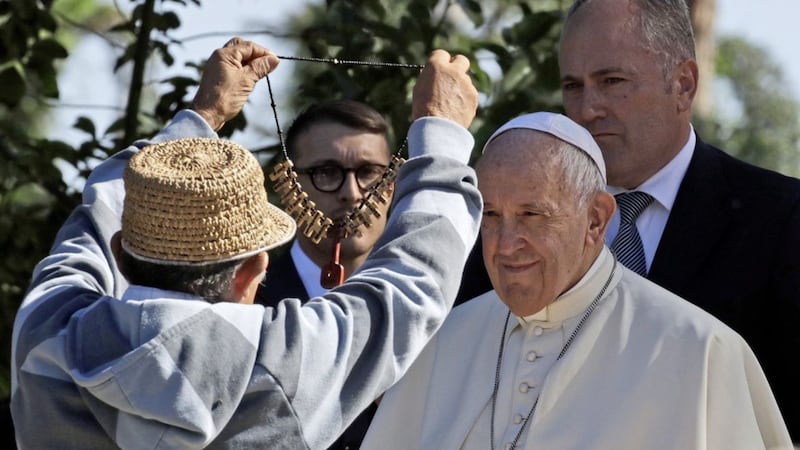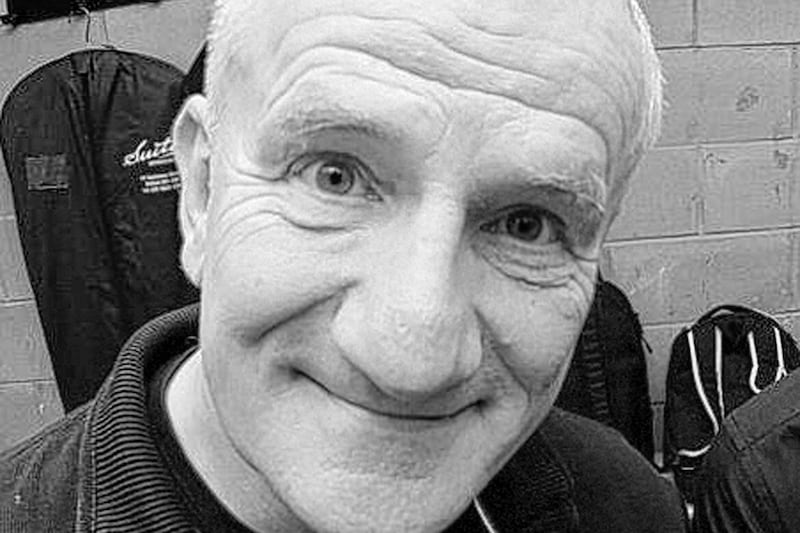POPE John Paul II canonised 482 saints during his pontificate, more than the combined tally of his predecessors during the previous five centuries. Some joked he was stacking the deck in heaven for his arrival.
Last week, Pope Francis created 13 new cardinals, bringing his total to 88 cardinals from 56 different countries, 17 of which have never been represented in the College of Cardinals before. This indicates that unlike his predecessor, the current Pope is more interested in power and influence in this world than the next. As the ninth-oldest Pope ever elected at the age of 76, Francis, now 82 years old, fully realises his window of opportunity to bring much-needed reform to the Church is limited.
Francis is a Pope of many firsts – the first elected from the Americas; the first Jesuit Pope; the first Pope to take the name Francis and the first to have an official Twitter account. And from his first moment in office, Francis proved he was intent on continuing to break new ground and bring about change.
For many, the incident which intimated change took place even before he walked on to the famous balcony in the front of St Peter’s Basilica after his election on a cold night in 2013. As the master of Papal Ceremonies was about to place the traditional red velvet mozzetta, trimmed with ermine, on his shoulders, Francis politely refused, saying, "I would prefer you didn’t."
This was but the first of many departures from convention. Pictured travelling back on the same bus as his cardinals after his election, and the fact that he insisted on returning to the hotel he’d been staying in to pay his bill weren’t PR stunts but examples of how the man had lived his life up to that point and an indication he wasn’t about to let his new office change him.
He refused to live in the papal apartments in the Apostolic Palace used by all previous popes, instead deciding to reside in Casa Santa Marta which serves as a home for bishops, priests and lay people. His reason for doing so was his desire to live as normal a life as possible; in Santa Marta he says morning Mass, eats in the common refectory then travels to the papal apartments to work and take official audiences.
This week, Pope Francis opened a three-week synod of Amazonian bishops at the Vatican. One hundred and forty six crucial items will be discussed; a massive one is the destruction of the Amazonian rainforest and the implications this has for all humanity. Yet one issue has ignited the attention of the world’s media, namely the proposal that in the Amazon – where some communities only see a priest once a year – older men with grown children and of strong standing within their communities – ‘viri probati’ or proven men – be allowed to join the priesthood.
Conservatives within the Church see this proposal as a first step in ending the rule of celibacy and some cardinals have even called for the Pope’s resignation if it is adopted. Yet, what most Catholics don’t know is that married priests are already an accepted part of the Catholic Church.
I became aware of this when visiting a priest friend in Rome who, at the time, was acting as spiritual advisor to a novitiate studying to become a priest in the Maronite order. With their origins in Lebanon, I’d never before heard of the Maronites, and was stunned to learn celibacy was not a requirement for Maronite priests, although the vast majority voluntarily adhere to the discipline.
If the old guard manages to thwart Francis then what has become known as ‘the Catholic rust belt’ may spread outward from the US and envelop the world. A sobering statistic is, if counted as a denomination, ex-Catholics in the US would make up the country’s second-largest religious affiliation. If such a survey was repeated in Ireland, and they replaced 'ex-Catholic' with 'lapsed Catholic', I would predict a similar result.
Allowing priests to marry would be a return to traditional Catholic values rather than a break with them. Most of the Apostles were married men, with it noted in the Bible Matthew 8: 14-15 that Jesus cured Peter’s mother-in-law.
Imagine how different it would be confessing to a married priest, a man in the real world able to identify with everyday problems. Say you were complaining yet again about your wife; instead of deafening priestly silence, he might reply, "You want to be married to mine."







